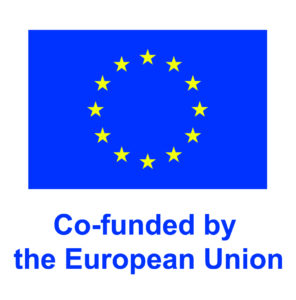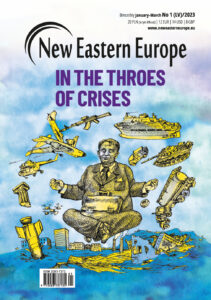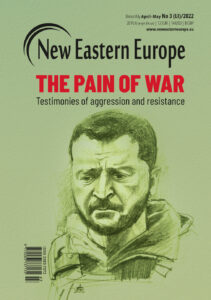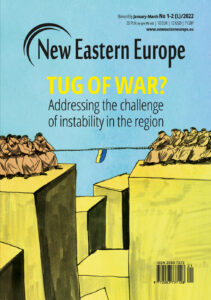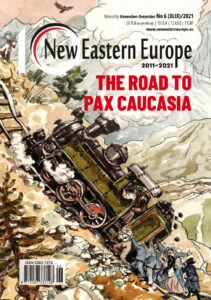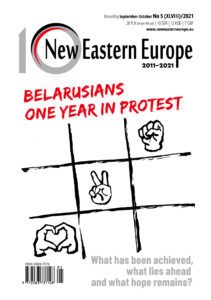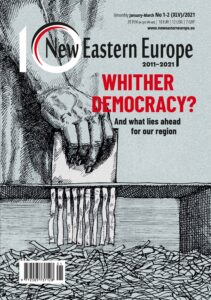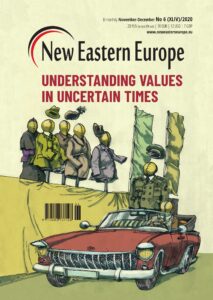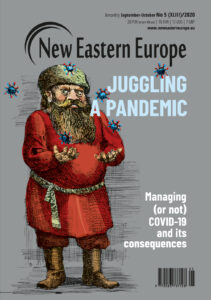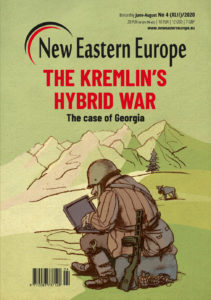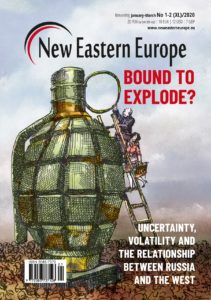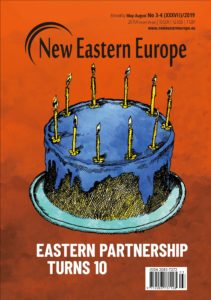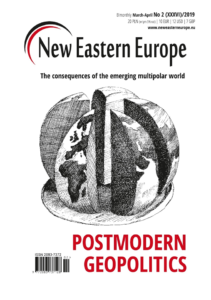The ghosts of Armenia’s past
Political analysts and scientists frequently forget about their core responsibility, often preparing a simple analysis of events and extrapolating superficial conclusions. However, the actual challenge lies in an attempt to find patterns and long-lasting determinants behind power relations in everyday political dynamics. In the case of Armenia, much has already been written about the revolutionary events from last spring, which brought an end to the decades-long ruling class and a new face to the political scene – most notably Prime Minister Nikol Pashinyan. The order of events, possible outcomes and varied predictions were produced by many from different angles of interpretation.
March 4, 2019 -
Bartłomiej Krzysztan
-
Hot TopicsIssue 2 2019Magazine

While the revolution was all about domestic politics, it does not mean that foreign affairs will not be a core concern of the Pashinyan administration. Photo: Travail personnel (CC) commons.wikimedia.org




